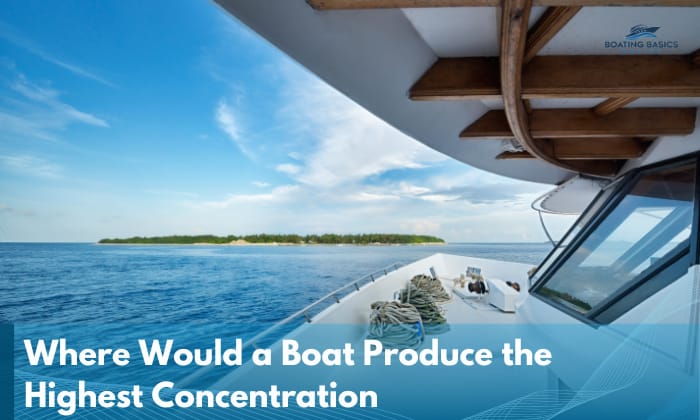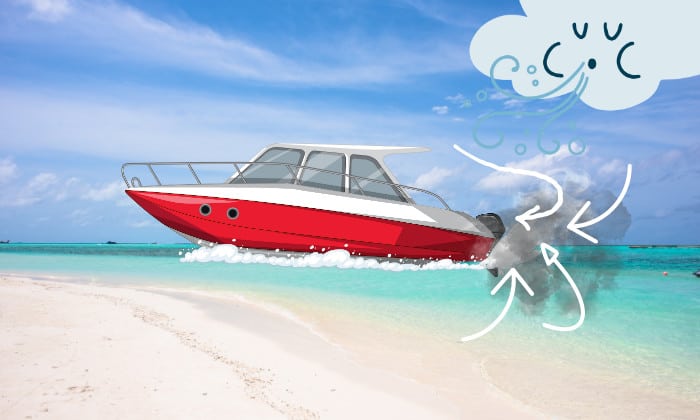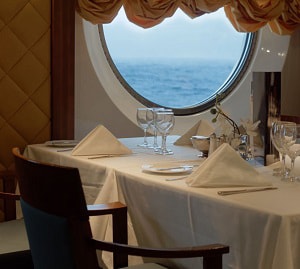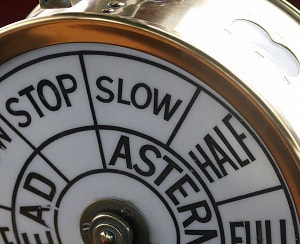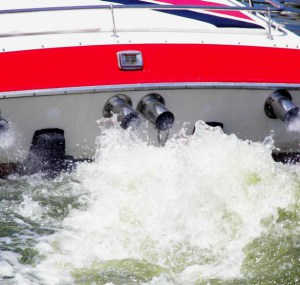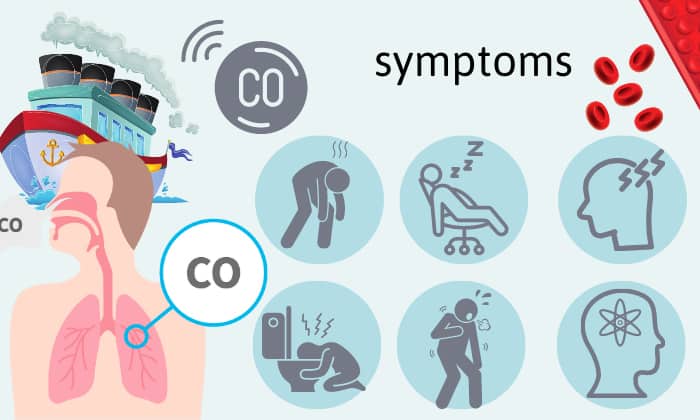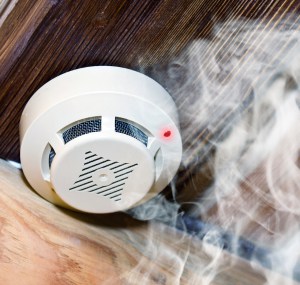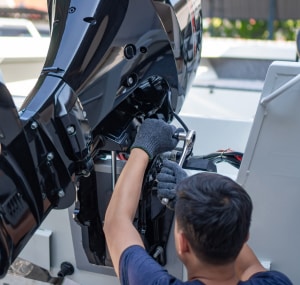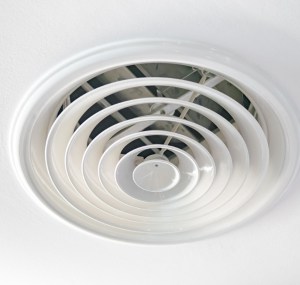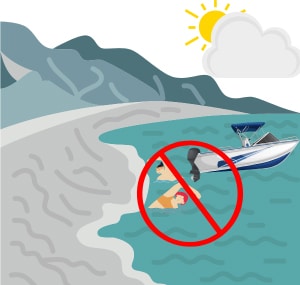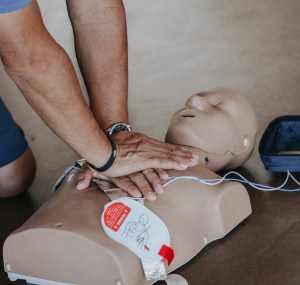For all the fun and excitement it provides, we can’t deny that boating has more than a few notable risks. For one, there’s the ever-present danger of drowning due to various natural and manmade causes. Another threat comes from the boat itself.
For instance, do you know where would a boat produce the highest concentration of carbon monoxide? It’s quite alarming that it can build up in numerous areas of the boat such as cabins, the cockpit, and other enclosed spaces.
It can also happen in open spaces even if the wind disperses the CO to prevent high concentrations.
Table of Contents
How and Where Carbon Monoxide Buildups Happen in Boats
Almost any boat that produces CO fumes (e.g. those with inboard engines) should take the best precaution against carbon monoxide poisoning. Not convinced? Just Google the phrase “which gas has the highest concentration in a boat”, and you’ll get all the proof you need.
Vessels that are especially at high risk are those with fuel-driven generators that have an exhaust system which blows fumes toward the stern.
For example, it’s not entirely impossible for your boat to have a swim platform in that part of your vessel positioned above the exhaust system. The fumes will likely build up underneath it, and anyone who goes close enough can inhale them.
Don’t be complacent even if your motor-run boat doesn’t have this setup, because carbon monoxide can hang around for hours. Are you 100% sure of optimal ventilation in your vessel?
Moreover, that’s just one of the areas with the highest concentration of carbon monoxide, as proven by the main answer highlighted above.
Factors Affecting Carbon Monoxide Levels on Boats
To reiterate the dangerous factors you need to look out for and underscore the importance of installing a CO detector for boat, keep this list in mind:
1. Enclosed spaces and areas with poor ventilation
Take note of any enclosed space inside or outside your vessel that can trap the fumes and create air pockets. Areas with poor ventilation are another cause for concern, since CO levels won’t budge unless good, regular gusts of wind keep their concentration in check.
2. Slow-moving and idling crafts
If your vessel tends to move slowly most of the time or you have a habit of idling your boat, these only make the fumes less likely to be dispersed and accumulate the more you embark on your endeavors throughout the entire ocean or lake you frequent.
3. Leaks in the exhaust system
Never assume that you won’t get carbon monoxide poisoning on a boat as long as it has an exhaust system. It can break down, too, leading the generator to cause leaks.
Your vessel likely doesn’t have a way to filter and ventilate these errant fumes, and they can build up enough to cause trouble. If you see tell-tale signs like corrosion, rust, cracks, and black streaks in the exhaust system, then don’t take your boat out until they have been resolved.
4. Back drafting
Believe it or not, the wind can also be a culprit as to why is carbon monoxide gas dangerous in boating. It might end up blowing the CO fumes back toward the boat, and what’s worse is that your vessel may just suck it right back – only into the enclosed rooms they’re not supposed to be in.
5. Cooking equipment
If your kitchen or any room in your boat where you prefer to cook has poor ventilation, know that any open flame can produce CO. Take note that the safe limit for carbon monoxide produced by these appliances is 800 ppm (parts per million).
What is Carbon Monoxide? And is It Dangerous?
A good way to prevent accidental carbon monoxide poisoning is to simply know what carbon monoxide is. Right off the bat, it’s not hard to say that it’s an awfully tricky gas to deal with, to the point that it’s labeled as a silent killer.
You won’t be able to smell, taste, or see it, and it’s poisonous in high concentrations. Watch this news clip and see how it took down (but not necessarily killed) 16 people:
16 people sickened with carbon monoxide poisoning on boat ride
As said above, open flames are one culprit, and CO amounts increase once oxygen decreases in a given environment.
It’s dangerous because it can enter and accumulate in your bloodstream. It attaches itself to the hemoglobin in your red blood cells. This impairs the said cells’ ability to carry precious oxygen and carbon dioxide that your body needs.
This, in turn, leads to the usual symptoms of:
- Weakness
- Drowsiness
- Headache
- Vomiting
- Shortness of breath
- Confusion
- Loss of consciousness
Tips to Keep You Safe From Carbon Monoxide When Boating
There’s no best way to prevent carbon monoxide poisoning while boating. It’s really a combination of preventive efforts. Start with the following guidelines.
1. Install a marine CO detector.
A boat carbon monoxide detector takes the complexities out of dealing with this troublesome gas. It will immediately alert you once the carbon monoxide levels go past a certain safe point.
You can install one for every room that people frequent. Don’t forget to check if it’s still working regularly.
Lastly, don’t confuse it with a CO2 detector, as that’s a wholly different device that’s designed to detect carbon dioxide, not carbon monoxide.
2. Check the state of your engine and exhaust system.
Be on the lookout for signs that indicate a need for repair, such as the ones mentioned above. It could be something as simple as a change in how your exhaust system sounds as it performs its function.
Obviously, it pays to have the exhaust maintained regularly as well. Don’t forget to check for potential or present blockages in the outlets.
3. Improve your boat’s ventilation.
Install more hatches and windows if there are not enough of them in a particular room that people frequent. More importantly, make sure to keep them open.
4. No one should swim near the exhaust outlets.
That area of air and water where pockets of CO can form should be off-limits.
5. Refrain from lengthy idling.
I can’t name a single reason for idling a boat for a long period of time. Taking out the carbon monoxide issue, you’ll still have to deal with engine wear and tear and fuel wastage – both a no-no if you’re tightening your boating budget.
6. Learn how to perform CPR and advise others to do the same.
Tips to Prevent Carbon Monoxide Poisoning While Boating
- Inform your passengers of the risks of carbon monoxide, especially how to identify its symptoms.
- Keep an eye on all your passengers, especially children who may go to and linger in the high-risk areas your boat may still have.
- Turn off gas-powered cooking appliances when not in use.
Conclusion
As far as carbon monoxide boating accidents are concerned, silent but deadly is the nature of the beast. This is why I’m more than willing to shake the hands of boaters who are vigilant and ask the right questions like “Where would a boat produce the highest concentration of carbon monoxide?”
Again, beware of closed-off, improperly ventilated spaces where levels of this deadly gas can potentially balloon over time. You will have avoided a highly avoidable, but no less life-threatening issue already by doing so.

“My intention from the first day establishing Boating Basics Online is to provide as much help as possible for boaters who want to experience a first safe and convenient trip. So feel free to join us and share your beautiful journeys to the sea!”

